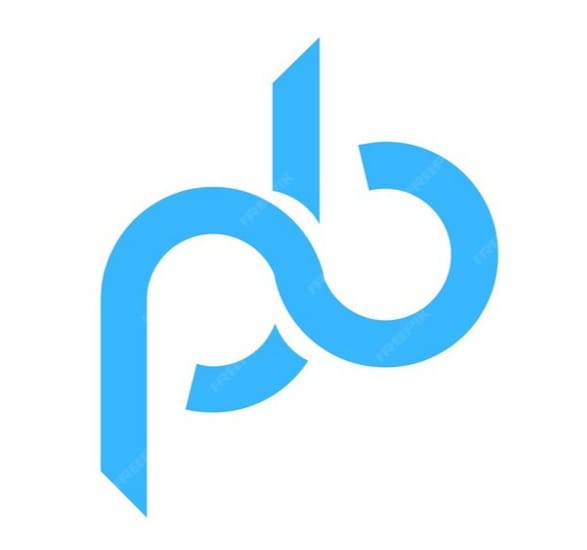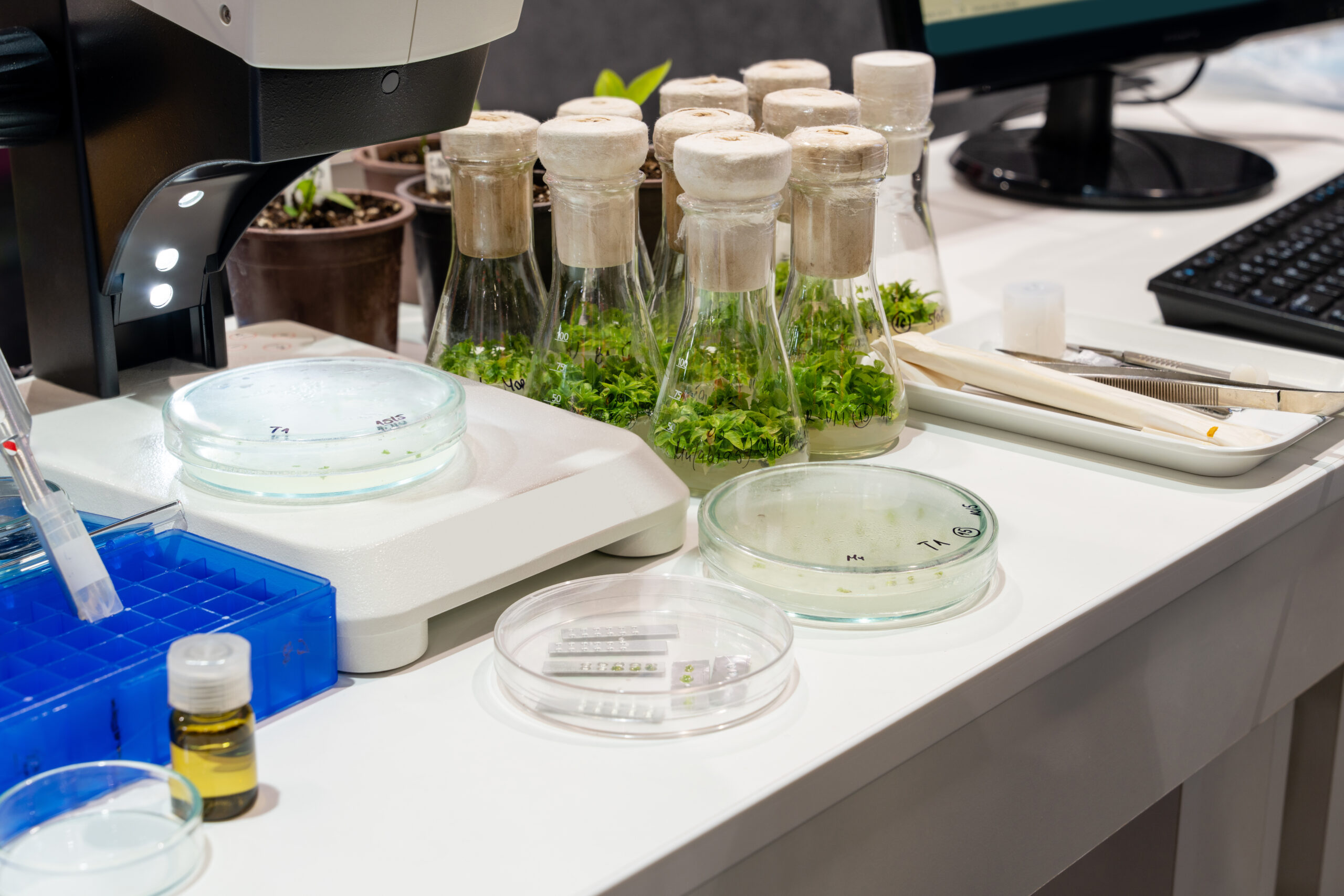In recent years, China’s biotech industry has grown by leaps and bounds. Once known for copying Western drugs, Chinese companies now lead in innovation. According to Bloomberg, in the latest count, 1,250 novel drugs entered development in China—close to the 1,440 in the U.S., and far ahead of the EU (South China Morning Post). This is a tectonic shift, and the world is taking notice.
Chinese biotech has also had strong stock market performance this year. The Hang Seng Biotech Index jumped nearly 62%, driven by Western interest in Chinese cancer therapies. This shows investors believe big things are coming from China.
Before 2015, China produced only about 160 new compounds, less than 6% of the global total. But after that, China changed gears. Its drug regulator started approving faster, set higher quality standards, and opened the market. The “Made in China 2025” plan pushed biotech into one of ten priority sectors. Chinese scientists trained abroad returned home to launch cutting-edge startups.
Daniel Chancellor from Norstella says China is not just catching up—they are poised to surpass the U.S. in coming years, based on the number of new drugs entering pipelines.

“China’s biotech revolution is changing the game—faster and cheaper innovation is forcing the world to take notice.”
Quality Over Quantity: Winning Regulator Confidence
Developing more drugs is one thing—making top-quality ones is another. Chinese drugs are now earning priority review, breakthrough therapy, and fast track status from regulators like the FDA and EMA. In fact, China surpassed the EU in these fast-track reviews as of 2024.
A Blockbuster Example: Ivonescimab
The most striking example is ivonescimab—a cell therapy for deadly non-small-cell lung cancer (NSCLC). Developed by Akeso and partnered with Summit Therapeutics, this antibody targets both PD‑1 and VEGF. In a Chinese Phase III trial, it significantly outperformed Merck’s Keytruda. Patients lived about 11.1 months before progression, compared to 5.8 months for Keytruda.
This success sparked global interest. After the news broke, Summit’s stock jumped 30–+37%. Western companies like Pfizer and Merck rushed to gain access to similar drugs.
In a recent update, China’s National Medical Products Administration approved ivonescimab in April 2025, citing a 49% improvement in “progression-free survival” and a 22% reduction in risk of death.
Fast and Cheap Clinical Trials
One key reason for China’s biotech success is its fast, low-cost clinical trials. Finding patients takes half the time compared to the U.S., due to China’s huge population and interconnected hospitals. This allows companies to run many trials in parallel and accelerate development.
By 2021, China was the world’s top location for clinical research. Western sponsors now often use Chinese data to fast-track drug deals.
Western Pharma is Watching—and Buying
Global pharmaceutical giants are increasingly turning their attention—and wallets—toward Chinese biotech innovation. Major players like Pfizer, Merck, AstraZeneca, and Roche have signed high-value licensing deals with Chinese companies, reflecting growing confidence in the country’s R&D capabilities.
Pfizer paid $1.3 billion upfront, with up to $4.8 billion in milestone payments, to license 3SBio’s dual-action PD-1/VEGF cancer therapy.
Merck struck a $3.3 billion agreement with LaNova Medicines to tap into their oncology pipeline.
In a notable earlier deal, Summit Therapeutics paid $500 million upfront to license the antibody therapy ivonescimab, co-developed in China.
Merck also joined forces with Hansoh Pharma to develop GLP-1 molecules, further expanding its footprint in the booming metabolic disease space.
This surge in cross-border licensing points to a shift in strategy: Western pharma is not just observing China’s biopharma progress—it’s investing in it, betting on Chinese innovation to drive their global pipelines forward.
But Challenges Remain
Even with strong data, Chinese companies still face hurdles. The FDA often needs global trials, not just China-only data, to grant approval. Ivonescimab now has to prove its success in global Phase III trials running until 2027.
Also, many Chinese firms play it safe by improving existing drugs instead of creating brand-new therapies. While this reduces risks, it means real innovation is still being led by the U.S., Europe, and Japan.
Counting the Chinese Innovators
From 2020 to 2024, 20 of the top 50 companies adding new drugs were Chinese—up from just 5 in the preceding five years. One major player is Jiangsu Hengrui, which shifted from generics to innovation after government price reforms. It is now the world’s top company for adding new drugs to the pipeline.
A Growing Global Presence
Chinese biotech is now a global presence. BeOne Medicines (formerly BeiGene) has R&D sites in both China and the U.S., and its cancer drugs are approved in China, Europe, and the U.S. Many Chinese drugs are biosimilar or next-gen iterations, but more novel therapies are emerging.
Geopolitical Concerns and Responses
China’s biotech boom is also political. U.S. leaders worry about losing their edge, comparing biotech’s importance to AI and electric vehicles. Some argue that the U.S. needs to reform FDA rules, speed up trials, and reduce bureaucracy to stay competitive.
There are also calls for export controls, restrictions on scientific investment, and new policies (like HHS “SWAT teams”) to help American companies catch up.
What This Means for Patients
Faster drugs: Patients can benefit from quicker access to effective new treatments.
Global access: Licensing deals mean Chinese drugs may soon be available in India, the U.S., Europe, and elsewhere.
Lower costs: Faster, cheaper trials could reduce R&D costs, possibly leading to cheaper drugs.
Safety concerns: China’s fast pace leads some to worry about trial quality and oversight.
Key Takeaways
China is on track:
China is quickly catching up to the U.S. in biotech innovation. In 2024, more than 1,250 new drugs entered development in China—just short of the U.S. total of around 1,440, according to Bloomberg News. This shows how far China has come from its earlier image of copying Western drugs to becoming a serious innovator in global pharmaceutical research.
Quality is improving:
Chinese drugs are not just increasing in number—they are also gaining global recognition. Many of them now receive “fast track,” “priority review,” and “breakthrough therapy” status from top regulators like the U.S. FDA and European Medicines Agency. These labels are only given to medicines that show promise for treating serious conditions quickly and effectively. This is a big sign that global standards are being met.
Ivonescimab is a symbol:
One standout example of China’s growing biotech power is ivonescimab, a lung cancer drug made by Akeso Inc. In Chinese trials, it performed better than Merck’s Keytruda, which is currently one of the world’s best-selling cancer drugs. Ivonescimab was approved in China in 2024 and is seen as a symbol of how Chinese innovation can now compete directly with Western giants (Fierce Pharma, 2024).
Deals keep coming:
Global pharma companies are taking notice and putting money into Chinese biotech. Big names like Pfizer, Merck, AstraZeneca, and Roche have signed multi-billion-dollar deals to license or co-develop Chinese medicines. For example, Pfizer signed a $1.2 billion upfront deal with 3SBio for a cancer drug similar to Akeso’s (Financial Times, May 2024). These deals show growing confidence in China’s biotech pipeline.
Challenges ahead:
Despite the progress, some big challenges remain. Chinese trial results often focus on Chinese patients only. For global approval—especially from the U.S. FDA—data must show that the drug works in diverse populations. Ivonescimab, for instance, still needs to prove itself in global trials, which are now underway and expected to continue through 2027 (BioPharma Dive, 2024). Until then, entry into major Western markets will remain uncertain.
Geopolitics emerging:
As biotech grows more important, it’s also becoming part of the U.S.-China geopolitical rivalry. U.S. policymakers see biotechnology as a critical industry for national security and future economic power—just like AI or electric vehicles. This has led to calls for export controls on biotech equipment, tighter investment screening, and reforms to make American clinical trials faster. China’s biotech rise could reshape not just science and medicine, but global power dynamics too.
Final Word
China’s biotech revolution is more than media hype—it is a transformative change. Chinese firms are proving they can produce high-quality, globally competitive medicines, often at faster speed and lower cost. This is drawing the world’s attention, from regulators to investors to rival pharma giants.
For patients, this may mean a wider range of treatment options, hopefully accessible worldwide. But meeting global standards—especially in the U.S. and Europe—remains a key challenge for Chinese companies. If they clear that hurdle, the next decade could see China reshape the global landscape of drug innovation.





